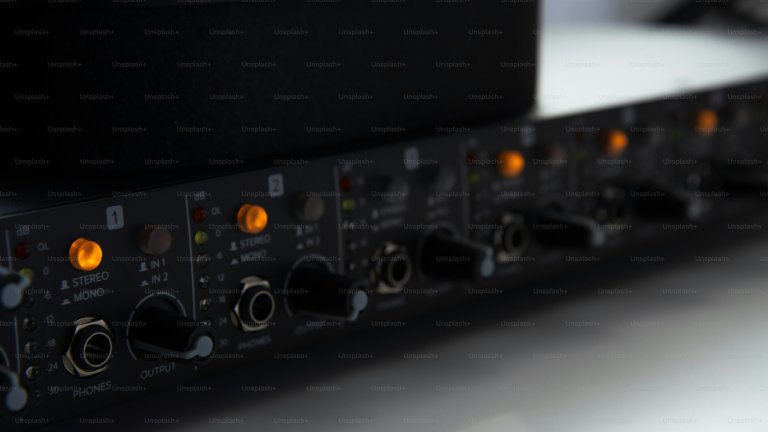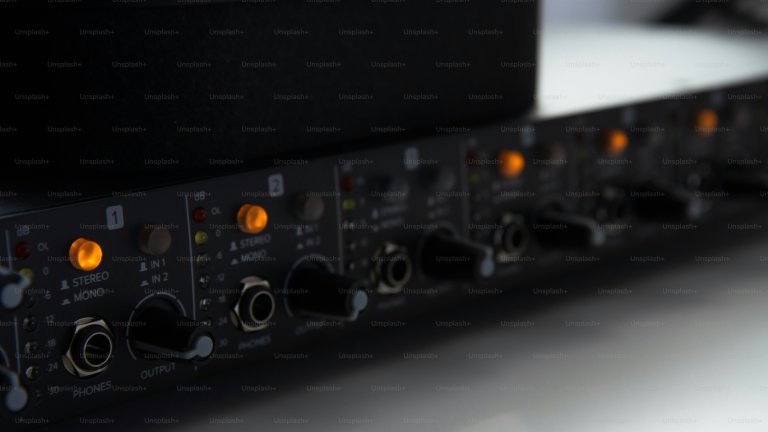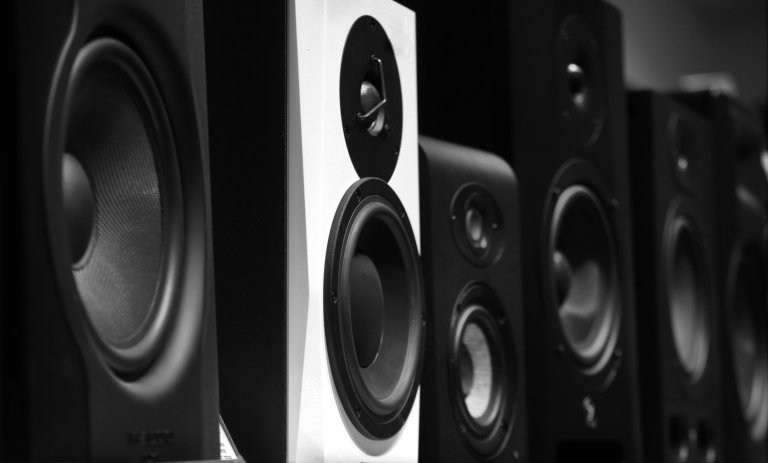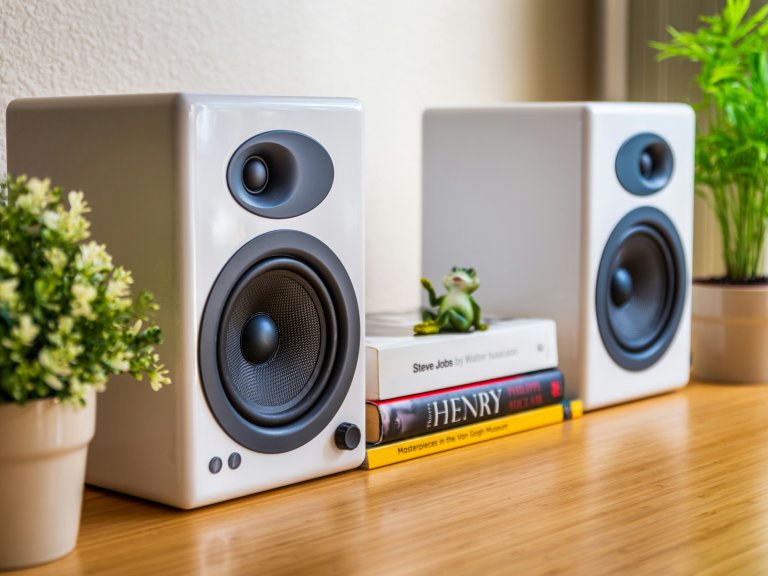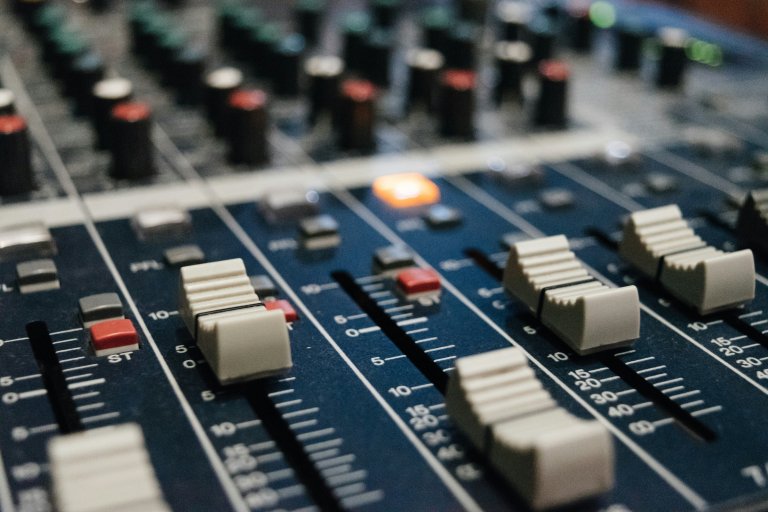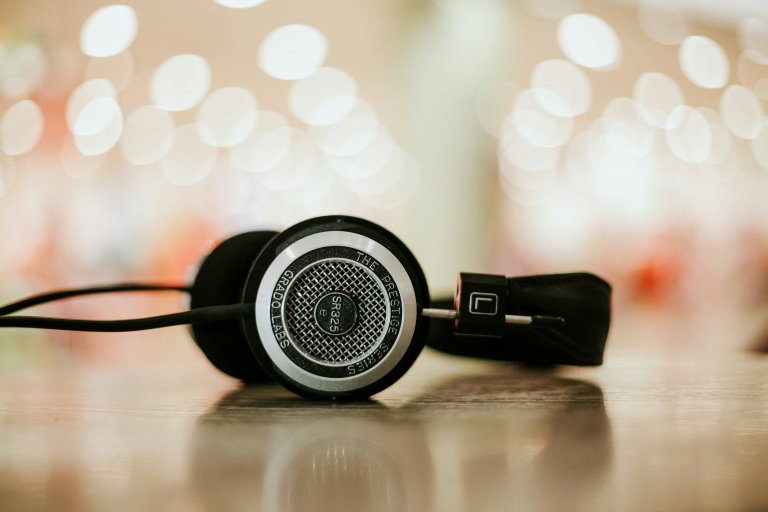4 Top Tips for Choosing Great Headphones
Whether you are an audiophile or just enjoy listening to music on the go, having a reliable and high-quality pair of headphones is essential. With so many options available on the market, it can be overwhelming to choose the right headphones for your needs. To help you make the best decision, here are 4 top tips for choosing great headphones.
1. Consider the Type of Headphones
There are several types of headphones available, each with their own unique features and qualities. The three most common types are in-ear, on-ear, and over-ear headphones. In-ear headphones, also known as earbuds, are compact and portable, making them great for use during workouts or while travelling. On-ear headphones sit on top of the ears and are known for their lightweight and comfortable design. Over-ear headphones, on the other hand, fully cover the ears and are ideal for blocking out external noise and immersing yourself in the music.
The type of headphones you choose depends on your personal preference and usage. If you are looking for headphones for daily use or for office work, over-ear or on-ear headphones would be a better choice for their comfort and noise-cancelling capabilities. However, if you are constantly on the go or prefer a more discreet option, in-ear headphones might be a better fit.
2. Pay Attention to Sound Quality
Sound quality is arguably the most important factor to consider when choosing headphones. After all, the main purpose of headphones is to provide a clear and enjoyable listening experience. It’s crucial to look for headphones with a wide frequency range, which indicates the range of notes that the headphones can produce. The wider the frequency range, the better the sound quality will be.
Another aspect to consider is the driver size of the headphones. The driver is the part of the headphones that converts electrical signals into sound waves. A larger driver size typically results in better sound quality, as it can produce a more powerful and detailed sound. However, this is not always the case, and it’s important to read reviews and test the headphones before making a decision.
3. Check for Comfort and Durability
When you invest in a pair of headphones, you want them to last. Comfort and durability are two important factors to consider when choosing headphones. The right headphones should not only fit well but also provide comfort for extended use. Look for features such as padded ear cups and adjustable headbands for a comfortable fit.
Durability is also essential, especially if you plan on using the headphones regularly. Pay attention to the build quality and materials used in the headphones. Quality headphones are often made with strong and durable materials such as metal and real leather, which can withstand wear and tear.
4. Budget and Additional Features
Last but not least, set a budget for your headphones and stick to it. With so many options available, it’s important to narrow down your choices to those within your budget. Keep in mind that higher-priced headphones do not always guarantee better quality, and it’s possible to find great headphones at an affordable price.
Additionally, consider the additional features that the headphones offer. Some headphones come with noise-cancellation technology, which can be useful in noisy environments. Others may have a built-in microphone for making and receiving calls, or wireless capabilities for a tangle-free experience. Decide which features are important to you and choose a pair of headphones that meets your requirements.
In conclusion, when choosing great headphones, it’s important to consider the type, sound quality, comfort and durability, budget, and additional features. By keeping these tips in mind, you can find a pair of headphones that not only meet your needs but also provide a superior listening experience.


